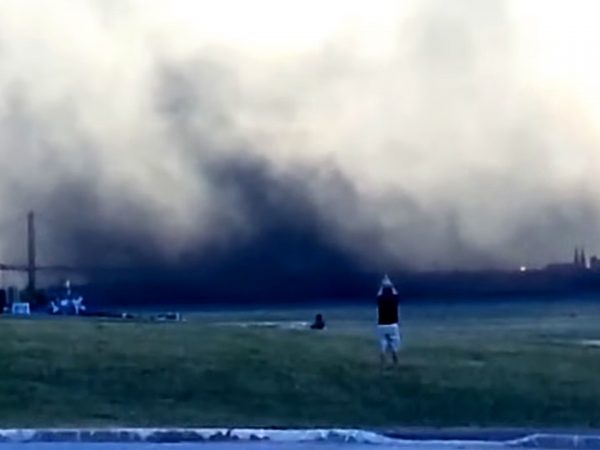
By Ellie Katz, Interlochen Public Radio
Points North is a biweekly podcast about the land, water and inhabitants of the Great Lakes.
This episode was shared here with permission from Interlochen Public Radio.
We often think of the deep parts of the Great Lakes as cold, empty spaces. Barren, sandy lakebed. Hardly any sunlight. Very few fish. But that wasn’t always the case – huge amounts of native, deepwater fish used to live all across the Great Lakes.
In Lakes Michigan, Huron and Ontario, those fish are mostly gone, driven out by a cocktail of invasive species, habitat degradation and overfishing. In some ways the lakes are a shell of what they once were, emptied of the life that used to teem underwater.
But a scientist in Michigan has an idea. He wants to find this tiny fish – one that now only survives hundreds of feet deep in Lake Superior – and see if it might be possible to reintroduce it to Lake Michigan and Lake Huron, with the hope that it could help prop up a collapsing food web. He scrapes together some money and a team of people. And with a lot of research and a little luck, they’re starting to think it might just work.
CREDITS:
Producer: Ellie Katz
Host: Dan Wanschura
Editor: Morgan Springer
Additional Editing: Dan Wanschura, Peter Payette, Michael Livingston
Music: Dozer as a Young Man, Cases to Rest, Cherie’s Polvo, The Crisper, Taoudella, by Blue Dot Sessions
Sound: Underwater_HullCreaking by OhNoBones, underwater ambience by akemov
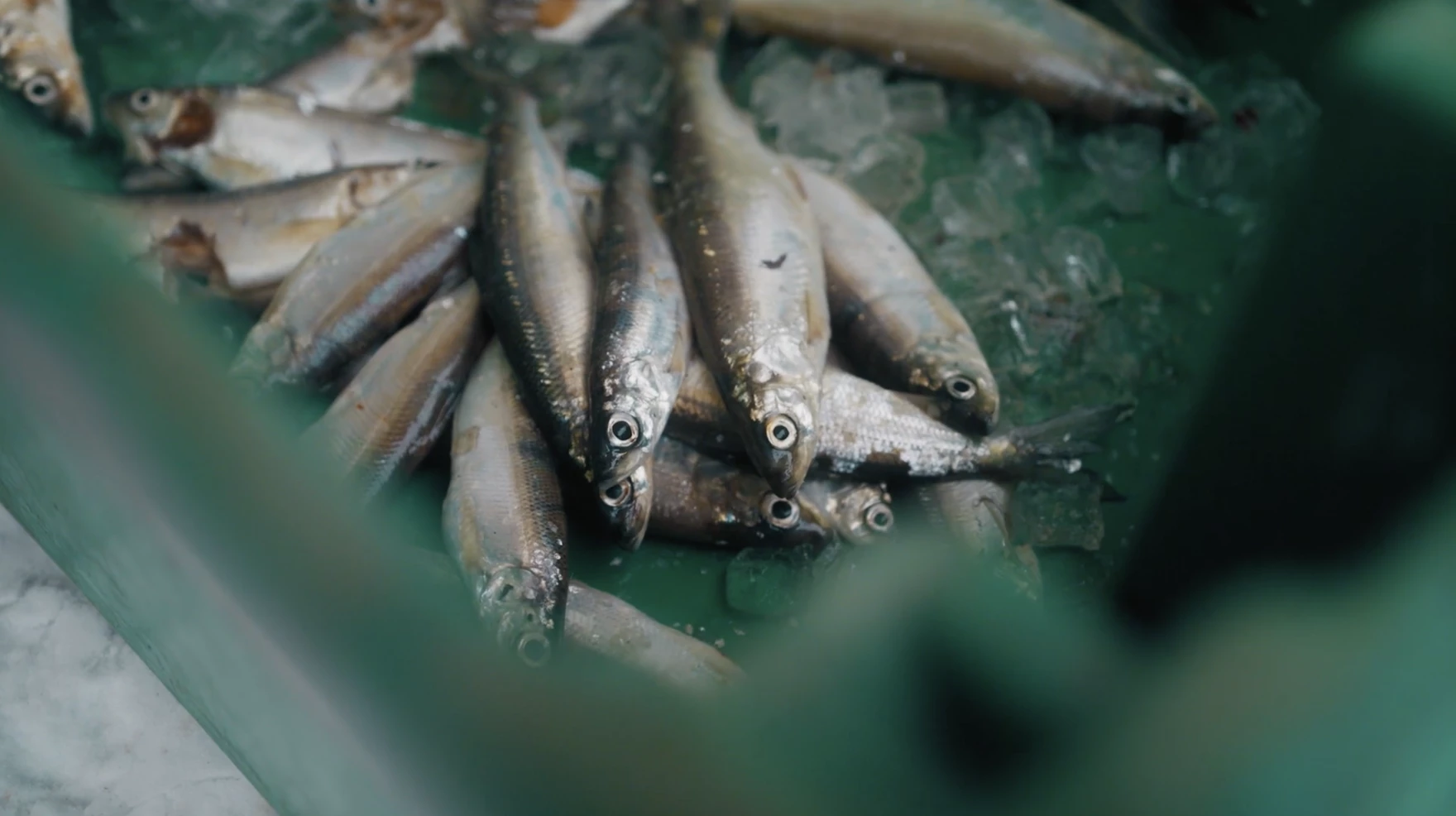
TRANSCRIPT:
DAN WANSCHURA, HOST: You know those videos of shipwrecks at the bottom of the Great Lakes? These massive ships lying 500, even 600 feet deep. There’s really nothing down there besides the wreckage and the mussels blanketing it.
Barren, sandy lakebed. Hardly any sunlight. Very few fish. But it wasn’t always like that. Hundreds of thousands of fish used to live that deep, in the Great Lakes’ coldest, darkest waters.
In Lake Michigan, Huron and Ontario, those fish are mostly gone. And desert-like, wide-open spaces are what’s left. In a lot of ways, the lower Great Lakes have emptied out over the last 70 years. And man, how that happened, is complicated.
There was pollution and overfishing:
(newsreel montage)
NEWSREEL 1: “Steel mills and oil refineries are among the worst polluters of Lake Michigan.”
NEWSREEL 2: “Commercial fishing got so competitive that it began cleaning out the commercial fish populations.”
NEWSREEL 3: “…not only are the catches smaller, but they’re usually made of fish that can be used only for animal feed or industrial products.”
WANSCHURA: There were invasives species:
(newsreel montage continues)
NEWSREEL 4: “The sea lamprey is like something out of a horror film, feasting on the fish of the Great Lakes.”
NEWSREEL 5: “…Invader #2: the alewife.”
NEWSREEL 6: “…is a tiny invasive mollusk called the quagga mussel.”
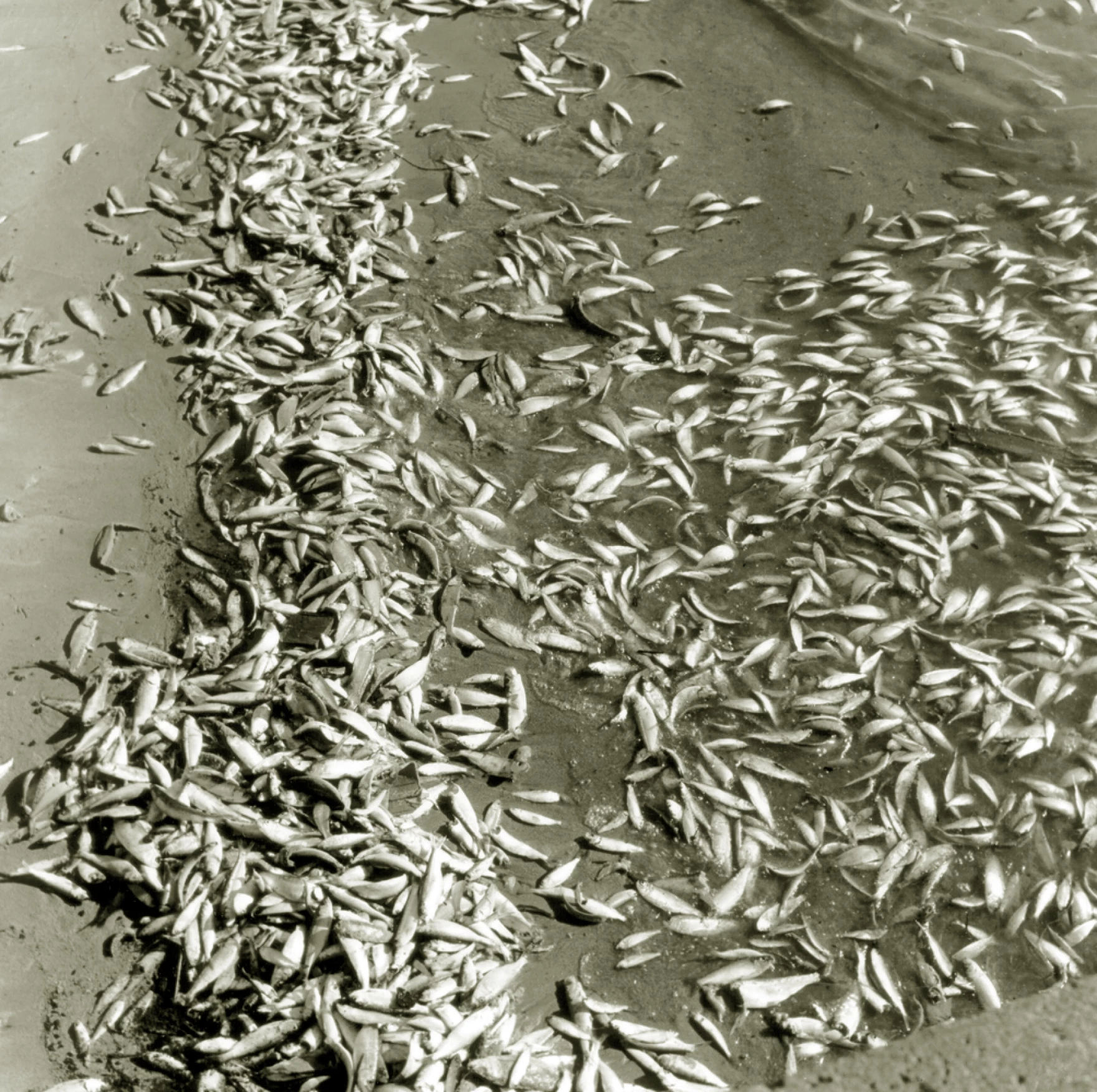
Alewife, native to the Atlantic Ocean, entered the Great Lakes via shipping canals. Populations of this invasive fish soared in the 1950s and 60s, leading to mass die-offs like in the photo above. Alewife were a death knell for kiyi in Lake Michigan and Lake Huron – occupying some of the same waters, gobbling up plankton and, occasionally, preying directly on young kiyi. (credit: Michigan Department of Natural Resources)
WANSCHURA: And, by the early 2000s, native fish populations in the Great Lakes were kind of wrecked, especially the little ones, who made up the bulk of prey for top predators. By 2010, the alarm bells were ringing. But this one scientist in Michigan gets an idea.
MATT HERBERT: There were people that I would bring this up to early on that would think– … There definitely were some raised eyebrows with the thought of doing this.
WANSCHURA: That’s Matt Herbert. And his idea is to find this tiny fish – one that lives hundreds of feet deep in Lake Superior. And see if it might be possible to reintroduce it to Lake Michigan and Lake Huron.
He scrapes together some money and a team of people. And with a lot of research and a little luck, they’re starting to think it might just work.
JASON SMITH: It looked like this mass of beautiful silver … as the net was coming in, it’s almost like sparkly chainmail coming up in the water.
WANSCHURA: This is Points North, a podcast about the land, water and inhabitants of the Great Lakes. I’m Dan Wanschura. Reporter Ellie Katz picks it up right after this.
(sponsor messages)
ELLIE KATZ, BYLINE: Matt Herbert didn’t grow up swimming in the Great Lakes or watching them change.
MATT HERBERT: I’m actually from Iowa … way down in southwest Iowa in the middle of nowhere.
KATZ: Matt is a senior conservation scientist now at the Michigan chapter of The Nature Conservancy. He spends a lot of his time figuring out how to restore native fish populations. One of those native fish is a species called kiyi. Kiyi was the fish Matt had been thinking about.
JASON SMITH: He was talking about this with me before I was listening and when no one else was listening either.
KATZ: This is Jason Smith, he’s a fisheries biologist at Bay Mills Indian Community in Michigan’s Upper Peninsula. Kiyi look kind of like mini-whitefish – they’re part of the same family.
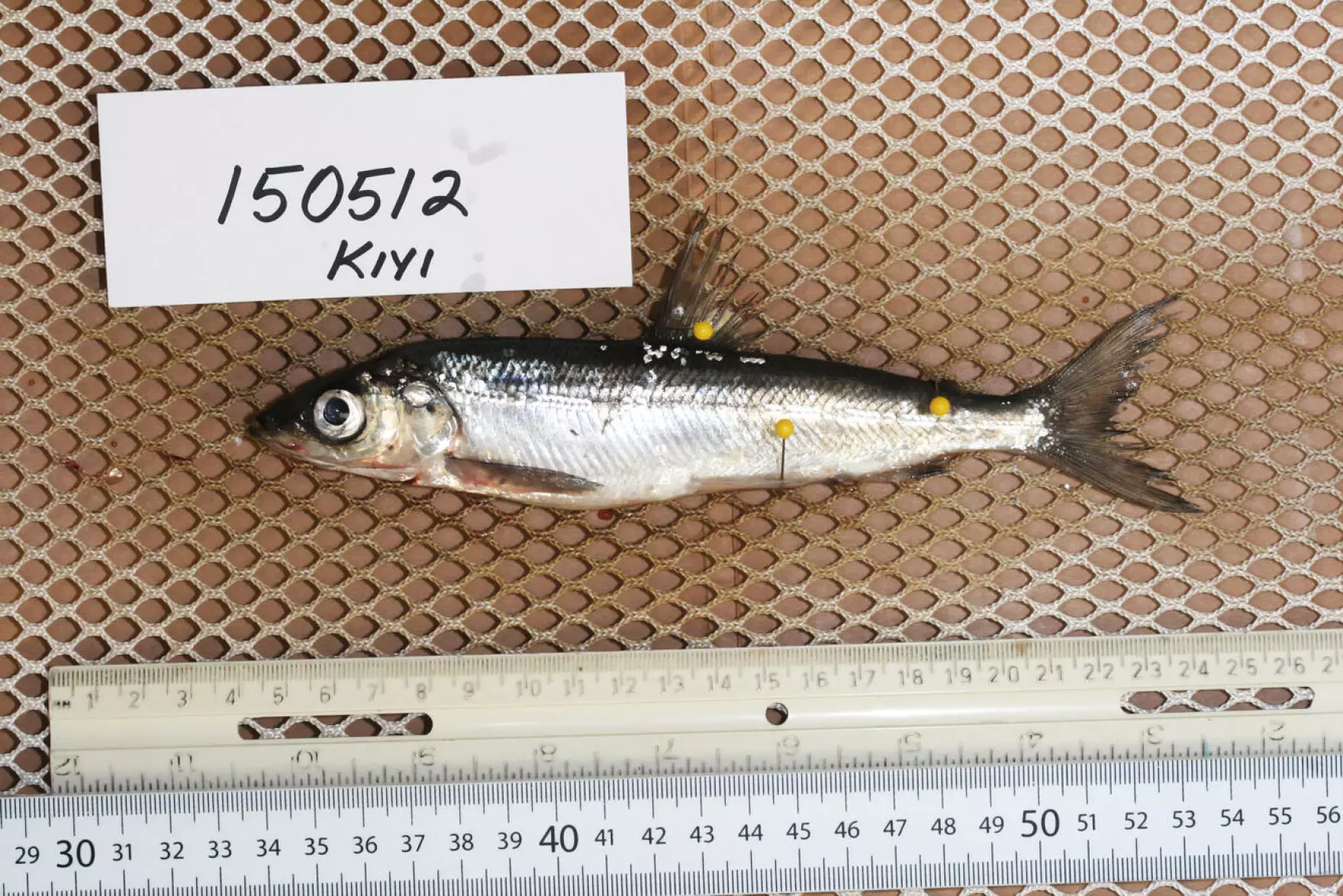
A Lake Superior kiyi. Kiyi is one of several kinds of deepwater ciscoes, also known as chubs. The small fish were prey for top predators like lake trout and burbot, and were also an important part of commercial fisheries across the Great Lakes. (credit: Lori M. Evrard / U.S. Geological Survey)
SMITH: So beautiful little silvery fishes, probably seldom much longer than six inches long. … They tend to have really big eyes because they live really deep. … So if they’re going to use any light at all, they gotta have an enormous eye that catches whatever little tiny bits of light are there.
KATZ: Kiyi was one of those fish that used to be abundant in most of the Great Lakes. They likely moved in big schools, twitching to the right and left all in unison. They were the perfect meal for top predators, like lake trout. But like a lot of native fish, kiyi got hit too. For the last 50 years, they’ve only been found in Lake Superior. And a lot of people forgot about them. But not Matt.
He wanted to see if kiyi could be reintroduced to Lake Michigan and Lake Huron. There were a couple reasons why. One: Invasive mussels had sucked almost all the nutrients out of the water and down to the bottom of the lake.
HERBERT: There’s just not very many nutrients in the water column. But there’s tons of nutrients locked up on the bottom of the lake because that’s where the quagga mussels are.
KATZ: Matt thought maybe, this deepwater fish, could unlock some of those nutrients. He also thought they would help feed bigger fish. But all of this was really just an idea.
Then in 2012, the Great Lakes Fishery Commission created a task group. They wanted to know about feeding those bigger fish. They wanted to know whether it might be possible to restore any of those smaller native fish to Lake Michigan. Matt and a bunch of other scientists basically went through a list of potential fish. Kiyi was one of them.
HERBERT: Kiyi was seen as like, yeah, that would be a good species to reestablish. However … there really isn’t very much known about kiyi. We didn’t know exactly when they spawn and we certainly didn’t know whether they could be collected when they spawned.
KATZ: Where and when a fish spawns is pretty crucial information, especially when you’re trying to collect their eggs and raise them in a hatchery. So the task group submitted its research on a bunch of other species and kiyi.
HERBERT: That task group … basically said it wasn’t even feasible. … So basically, was telling the lake committee that we don’t even have this option, it’s not even on the table.
KATZ: For most of the scientists, that was that. But Matt saw an opening. He wanted kiyi to be on the table. He wanted to prove they could be re-established. So he scraped some money together and…
HERBERT: I started making phone calls to try to, you know, try to identify a commercial fisher that we could work with to try and go out that time of year to collect kiyi.
SMITH: He said, “I want these fish from deep.” I said, “We can do that.” I didn’t know if we could do it. And I didn’t know what would happen.
KATZ: That’s fisheries biologist Jason Smith again. Matt found a tribal commercial fisher willing to look for the fish. Then they got to the business of figuring out if any of this was possible.
SMITH: Can we catch these fish in good spawning condition? Can we get them from 700 feet on the bottom of Lake Superior in January? If you haven’t been on a gill net tug 17 miles out in Lake Superior in January, you know – so there’s feasibility problem one, right there.
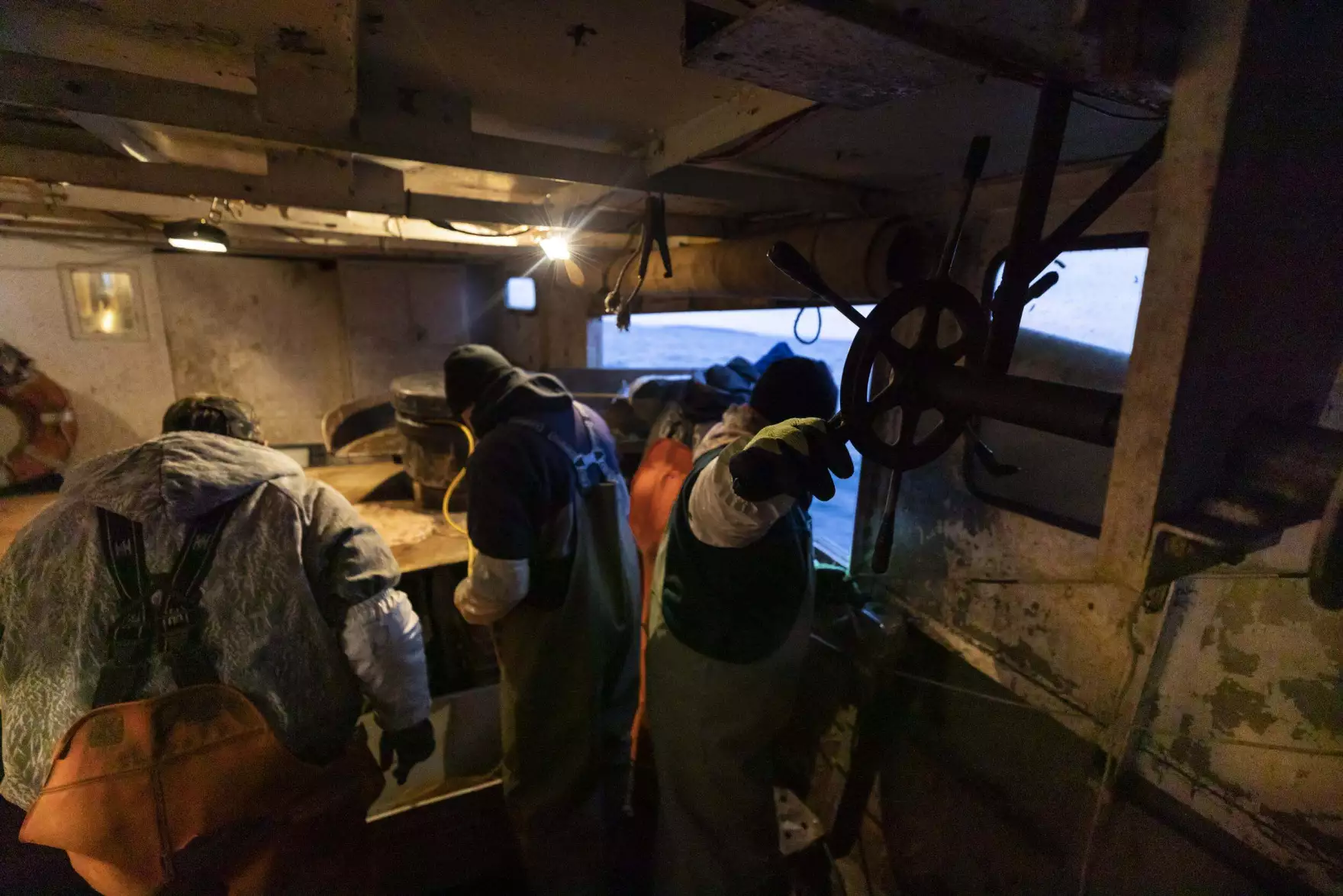
The Nature Conservancy contracted with WHS Fisheries, a Sault Ste. Marie Tribe commercial fishing crew based out of Munising, to see if they could find spawning kiyi in mid-winter. Scientists had a vague idea of when kiyi spawned, but weren’t sure of the exact timeline, or if catching them would be possible. (credit: Jason Whalen / Fauna Creative for The Nature Conservancy)
KATZ: Feasibility problem one was solved – they went out in the dead of winter and caught kiyi. But feasibility problem two started as soon as the fishing crew began reeling them up.
SMITH: Now we catch a fish 700 feet deep that has eggs and has an air bladder. And the air bladder expands as the fish comes up in the water column. As the net comes up towards the boat, pressure is less than less, so the air bladder expands and expands. Eggs end up being expelled into the water column. Those are the eggs we wanted as hatchery stock.
KATZ: And even when they did reel up females with eggs and males with milt at the peak of spawn…
SMITH: They’re literally typically down to a drop or two of milt, which is enough. There’s a million sperm or more in it, in a drop. But it still is like, you know, “Aim well at the cup that you’re mixing in,” because you have one drop – only one drop. Do not miss!
KATZ: Feasibility problem two, also mostly solved – with good aim. Which brought them to problem number three: Can deepwater fish survive in shallow water?
SMITH: And our hatchery tanks are … they’re three feet deep. Are they going to live well?
KATZ: So far, it seems like they do. Which means it’s onto a whole new phase of research, designed to answer a whole new set of questions:
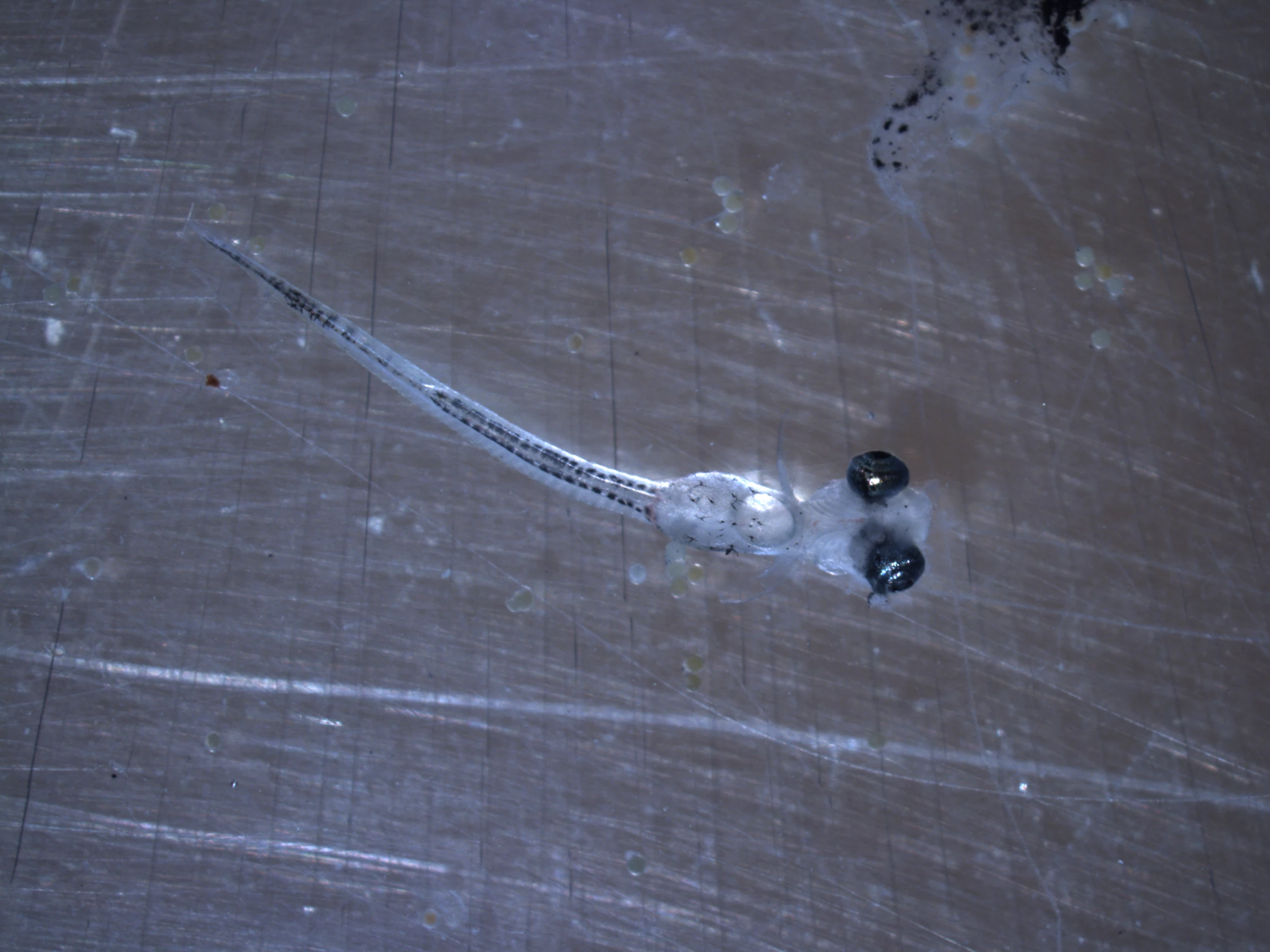
A dead larval Coregonine, the family that encompasses lake whitefish and deepwater ciscoes, like kiyi. Scientists have learned more about kiyi’s spawning window and managed to collect them. Now they have to answer a whole new set of questions: Can they be raised in a hatchery? What temperature water do they like? What do they eat? Can they go from tanks to the wild? (credit: Kris Dey / Little Traverse Bay Bands Hatchery)
SMITH: Can you raise them up? Can they go from tanks back to the wild? Can the young fish make that kind of an adjustment?
KATZ: Researchers at tribal fisheries and federal agencies are moving onto figure out all these other things like, ‘What temperature water do these fish like? What do they eat? What’s the best way to rear them?’ But they’re doing all this without any sort of promise at the end.
HERBERT: What this work is doing is basically just giving the lake committees the option to restore kiyi. … What this work is moving toward is trying to put it on the table.
KATZ: And there’s something more it would do, too.
SMITH: We, humans, have done lots of damage to our fish kin. And so for me, the idea that there might be an opportunity to fix some of that damage is really important. … But we have to understand that even a perfectly thought out plan that is implemented almost perfectly, has a fairly reasonable likelihood of failure. So we’re gonna do really good science with kiyi. … But whether it will actually work. That’s kind of out of my control, thankfully. That’s up to the lake, and the fish.
KATZ: Jason says these restoration projects can sometimes take up to 50 or 100 years. So some of us might not live to see what the lakes and the fish decide.
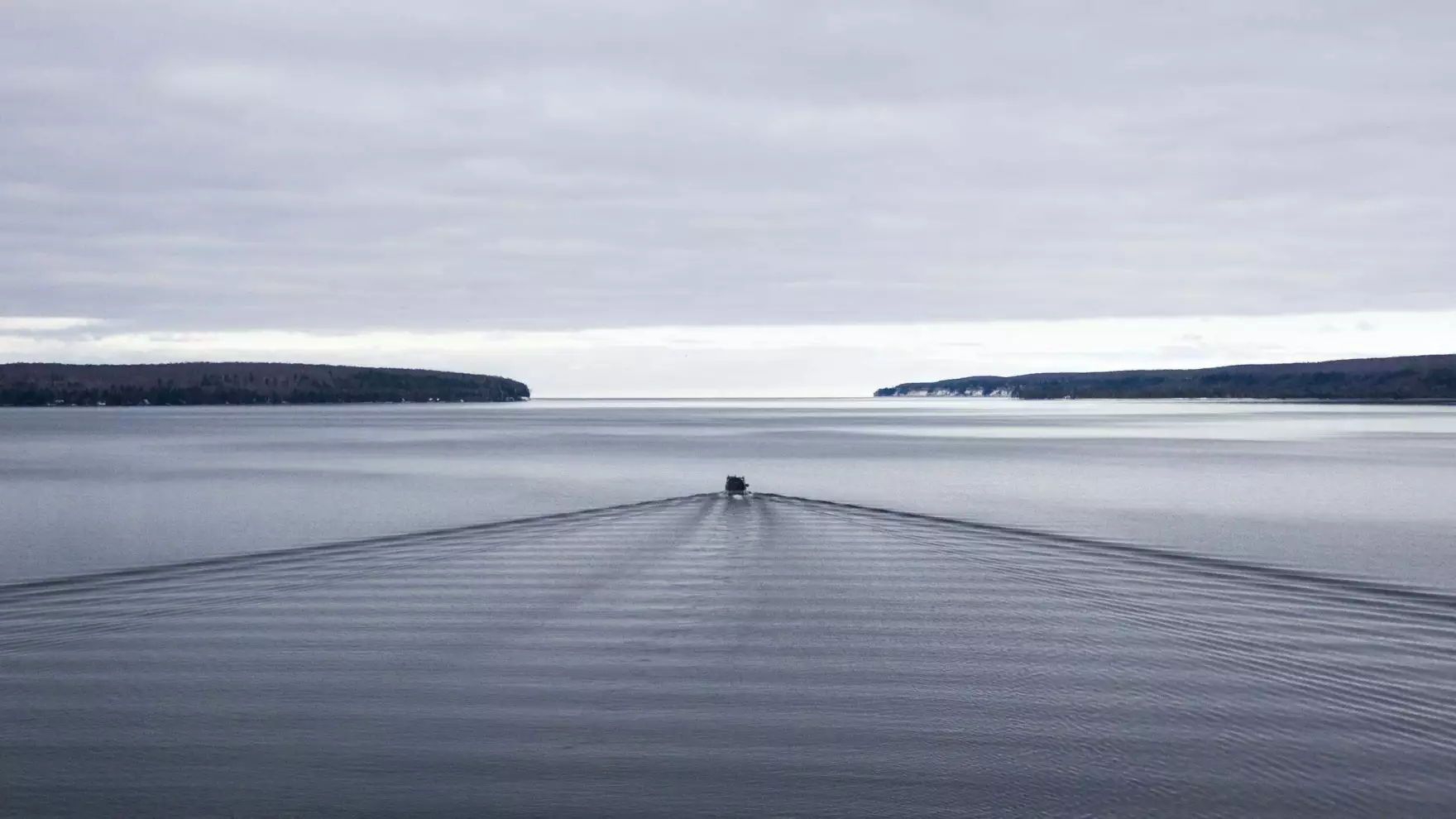
The WHS fishing crew heads out to Lake Superior to look for kiyi. Boat problems and difficult weather – like high winds – have prevented the crew from collecting spawning kiyi the last few seasons. (credit: Jason Whalen / Fauna Creative for The Nature Conservancy)
Featured image: Shawn Howard of WHS Fisheries holds a kiyi. The small, silvery fish used to roam nearly all the Great Lakes but are left only in Lake Superior. But scientists are wondering: Can we find kiyi? And bring them back to the other lakes? (credit: Jason Whalen / Fauna Creative for The Nature Conservancy)




